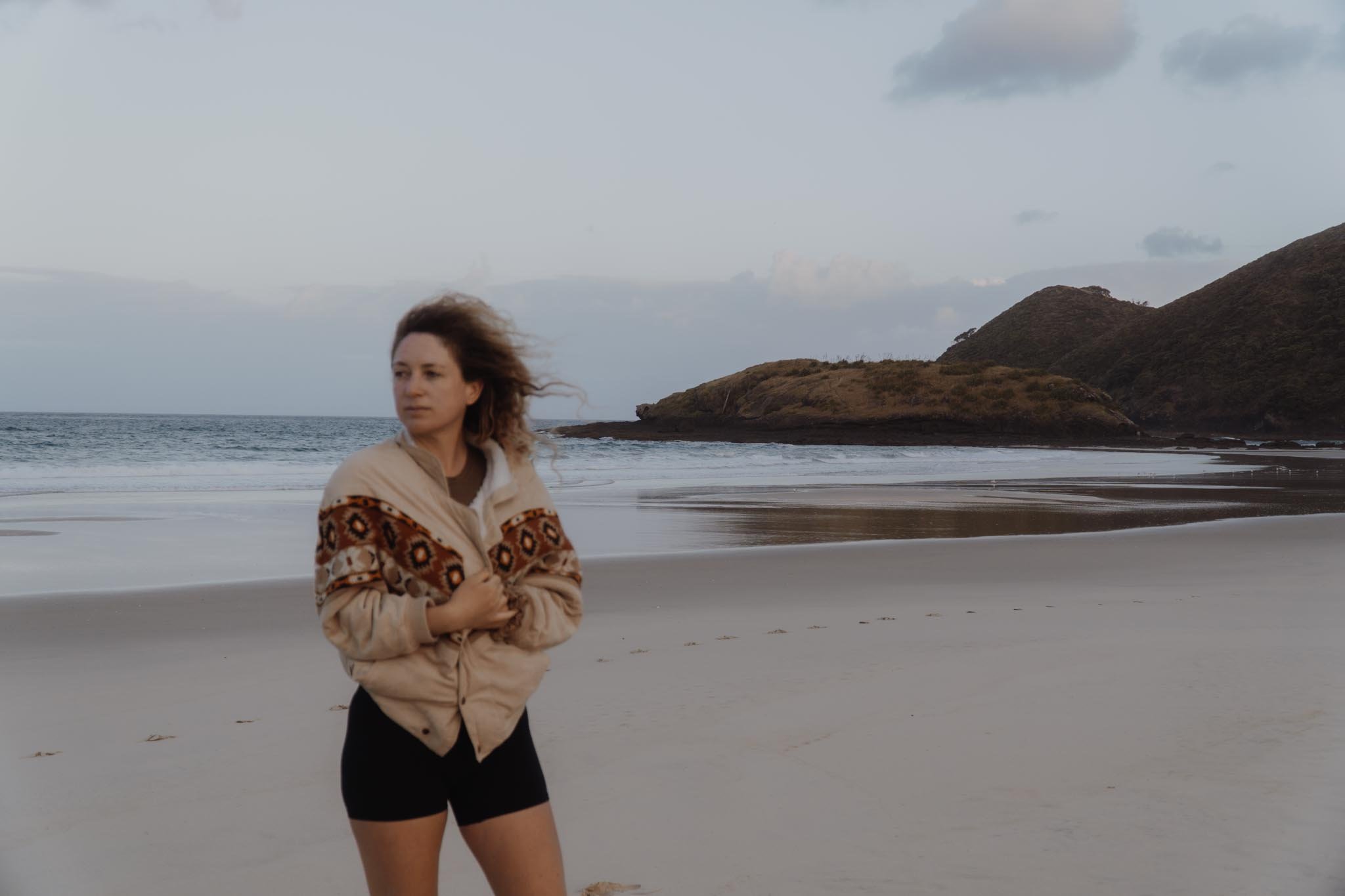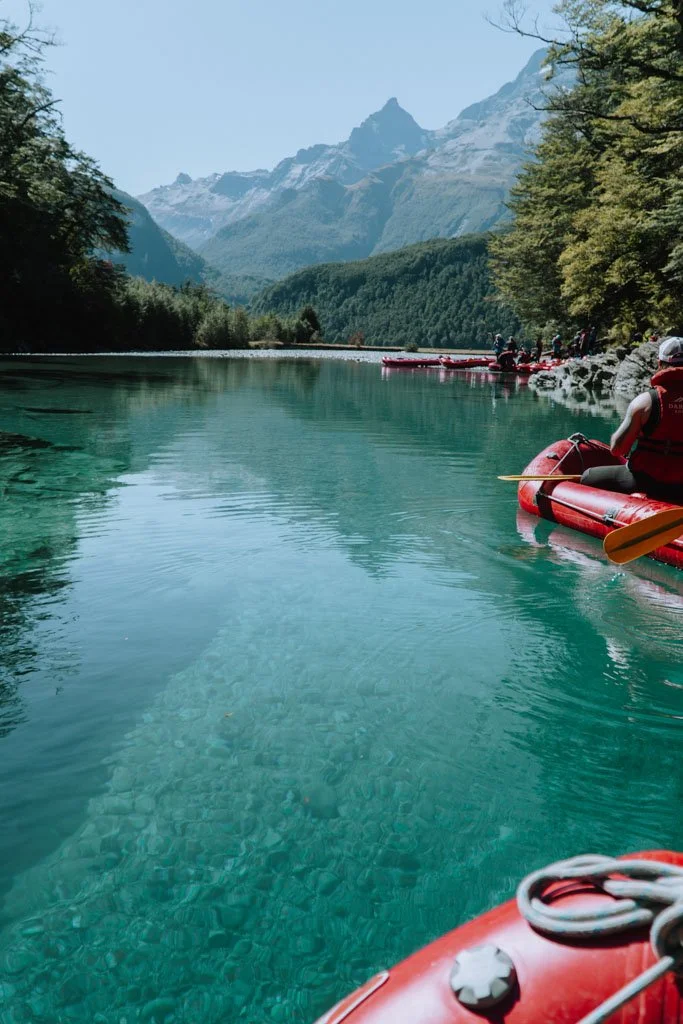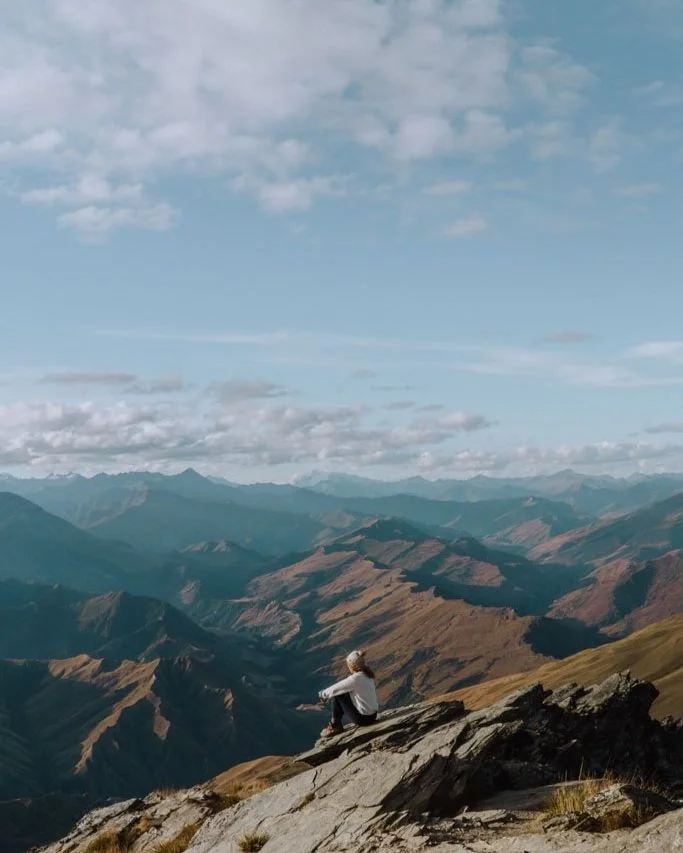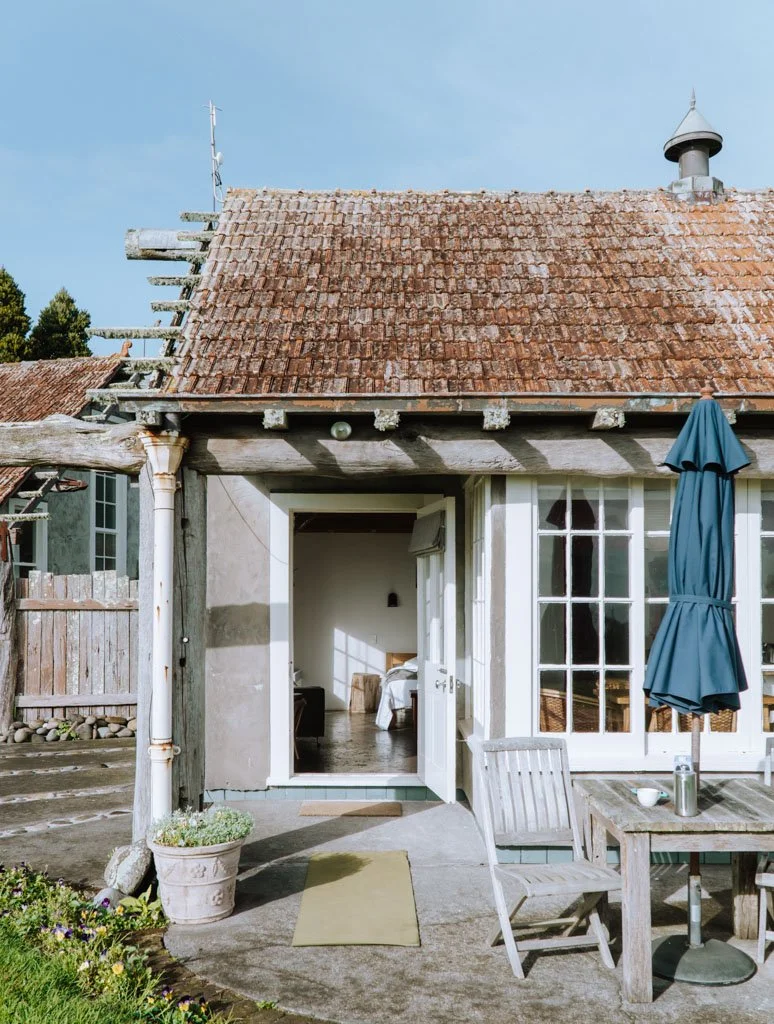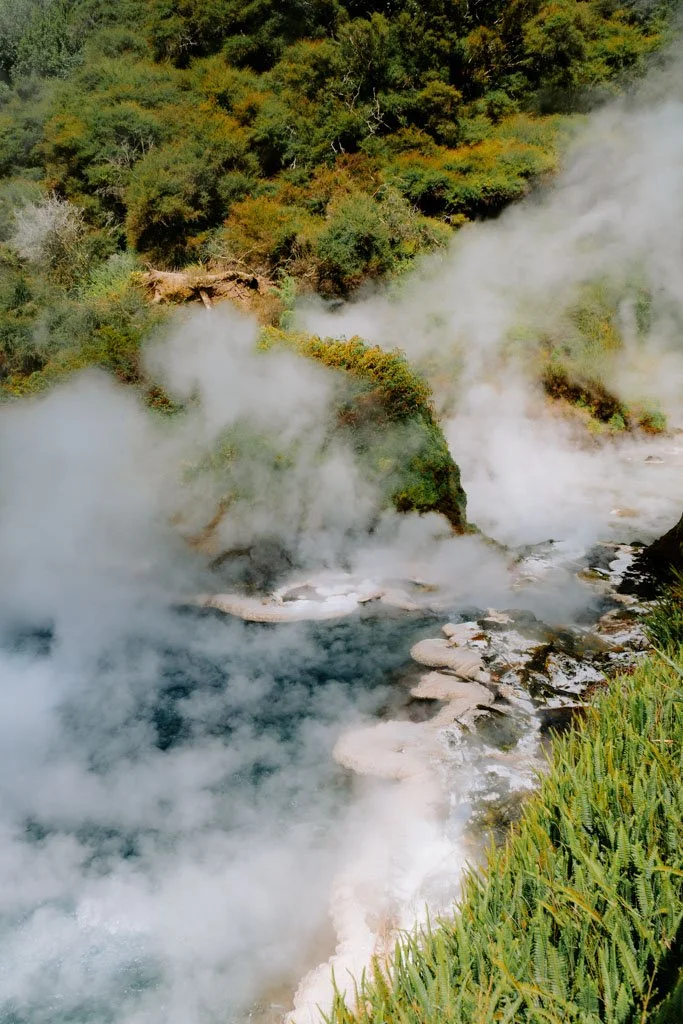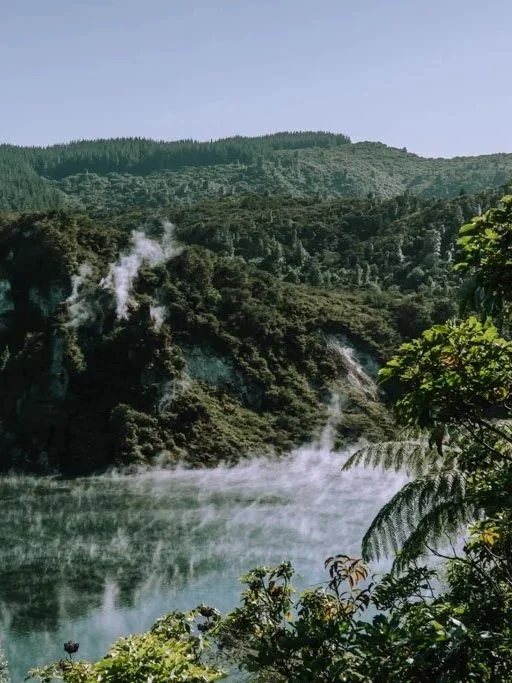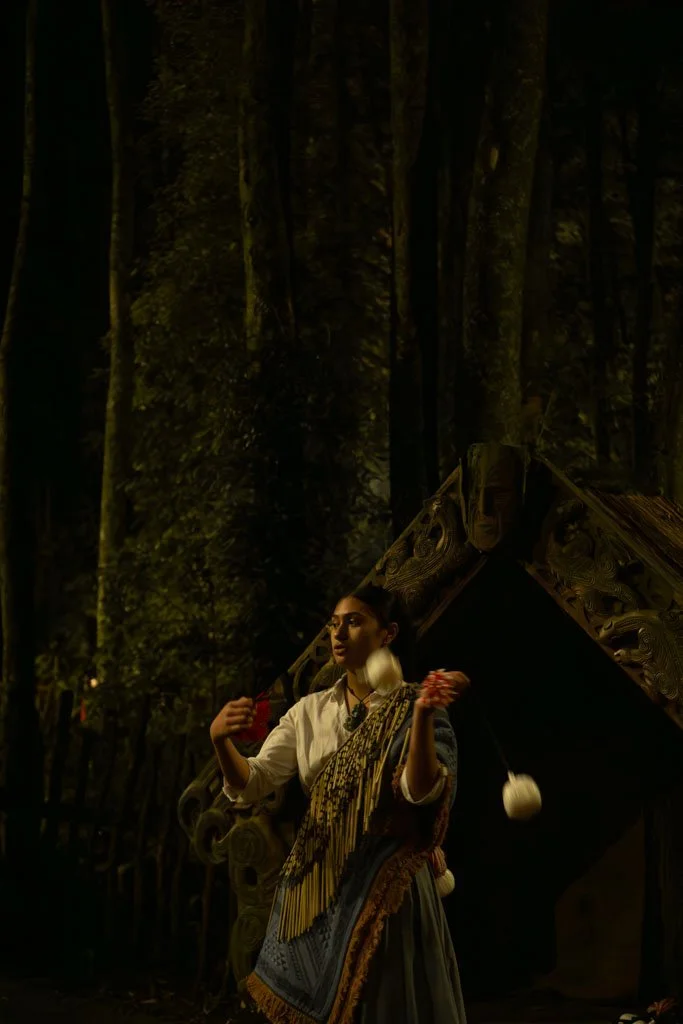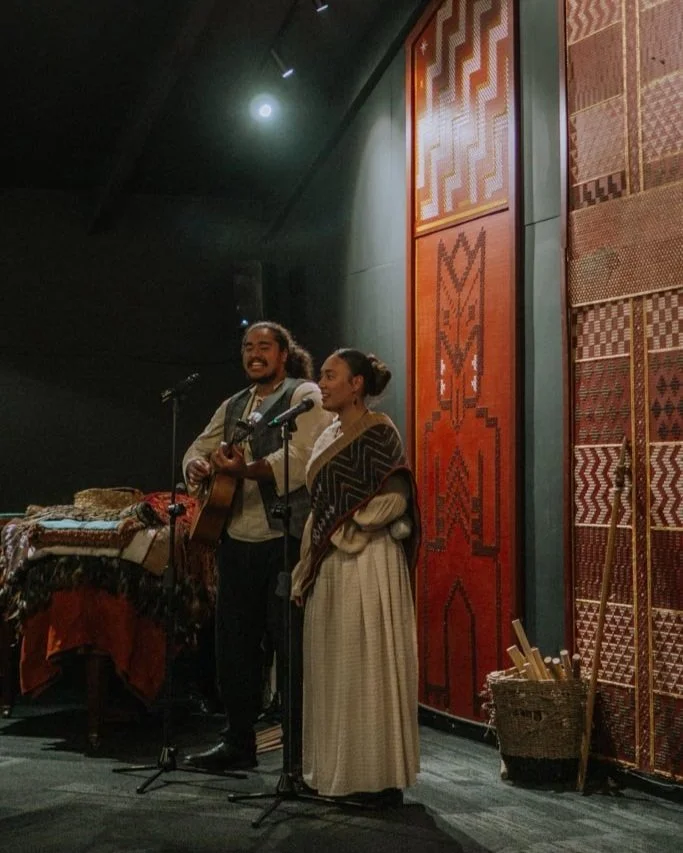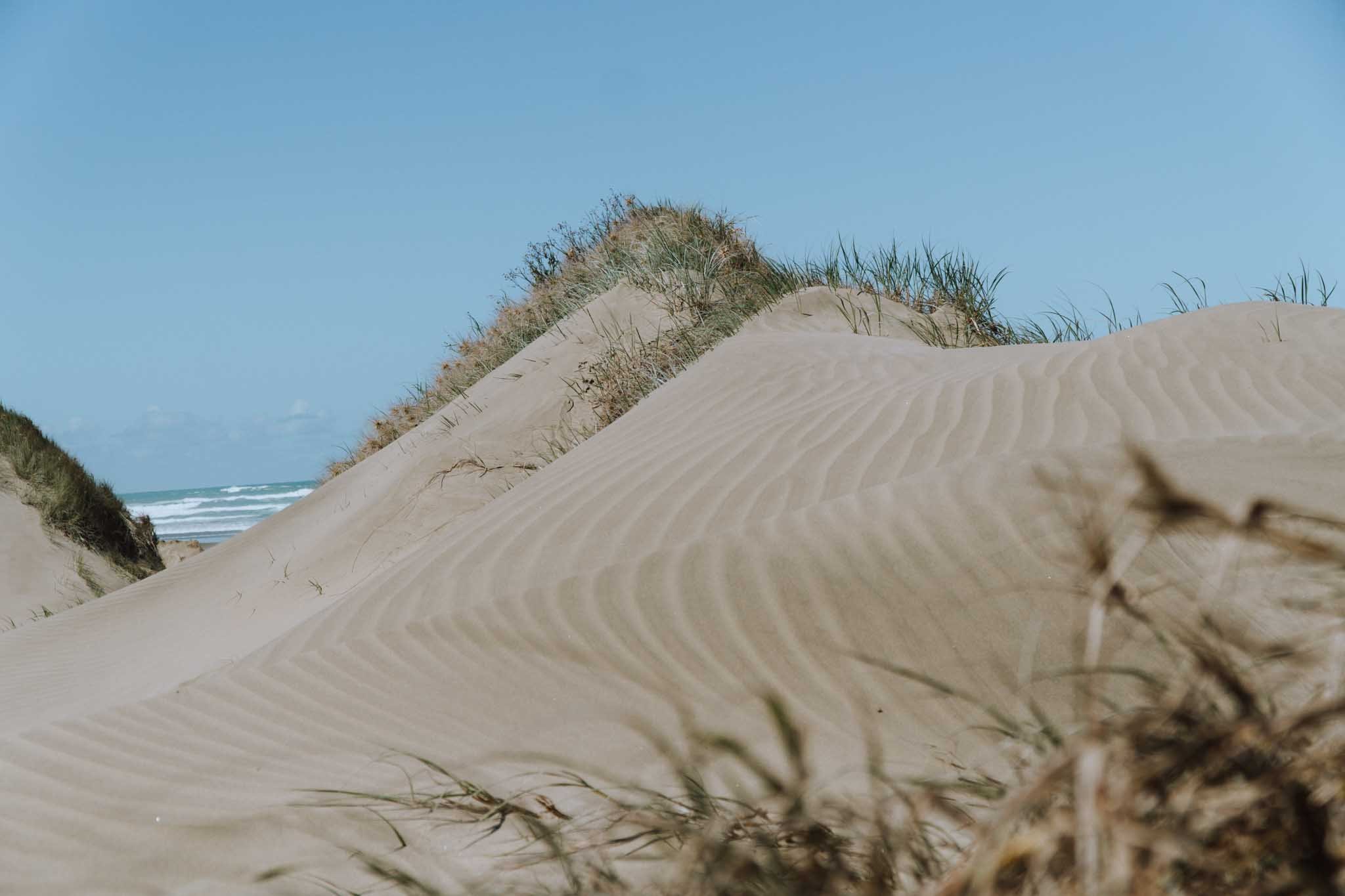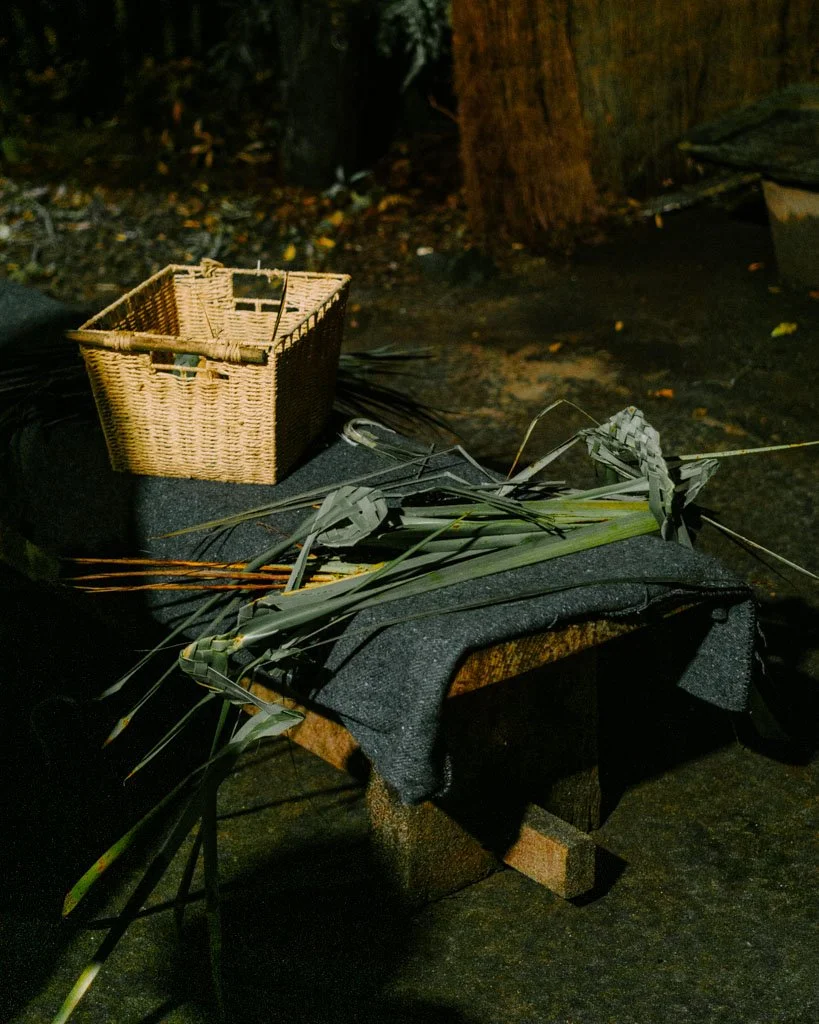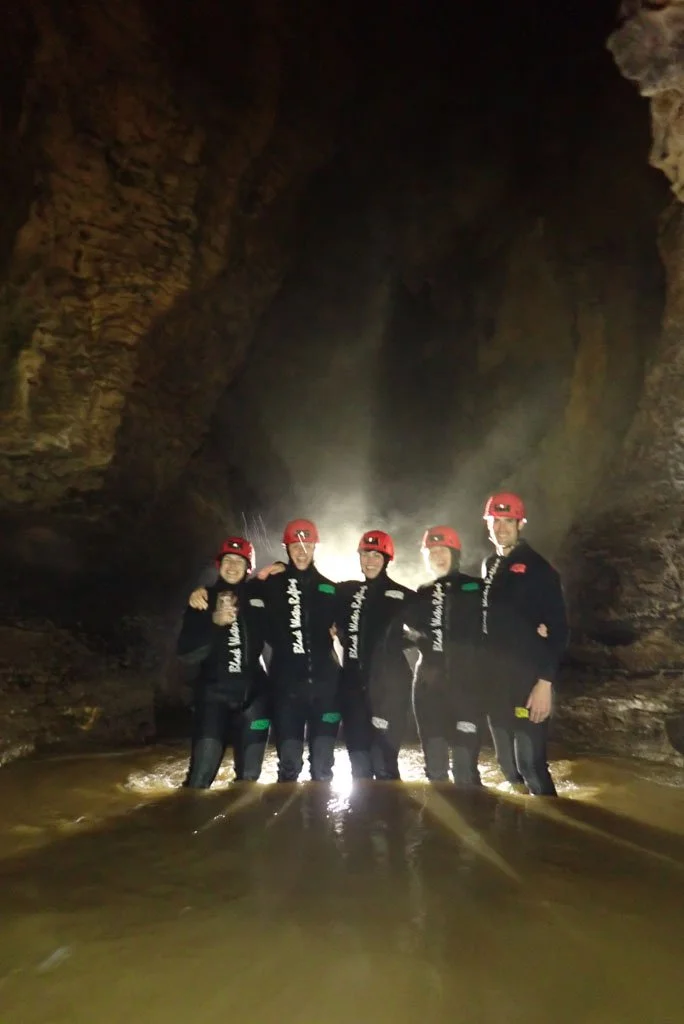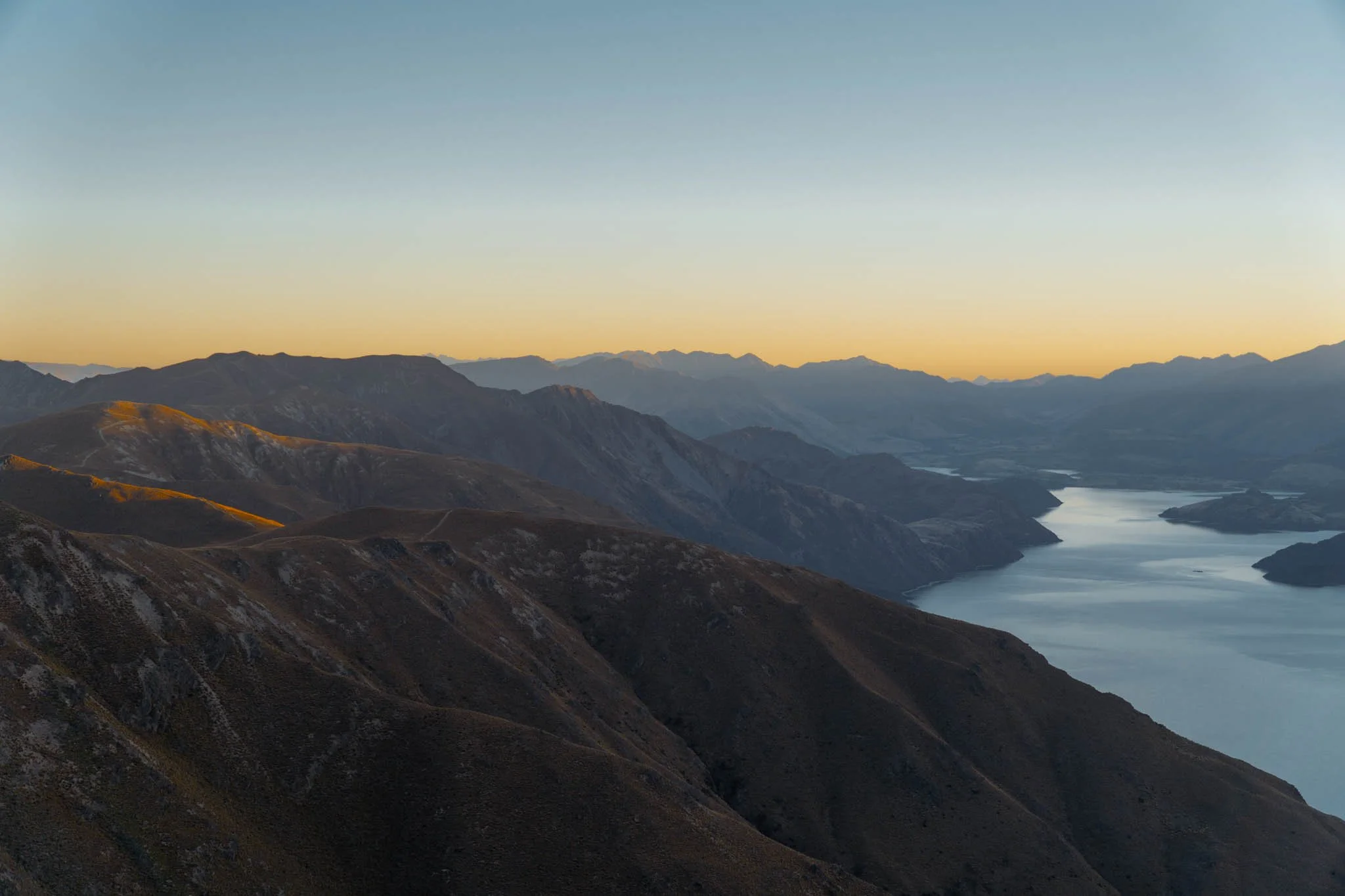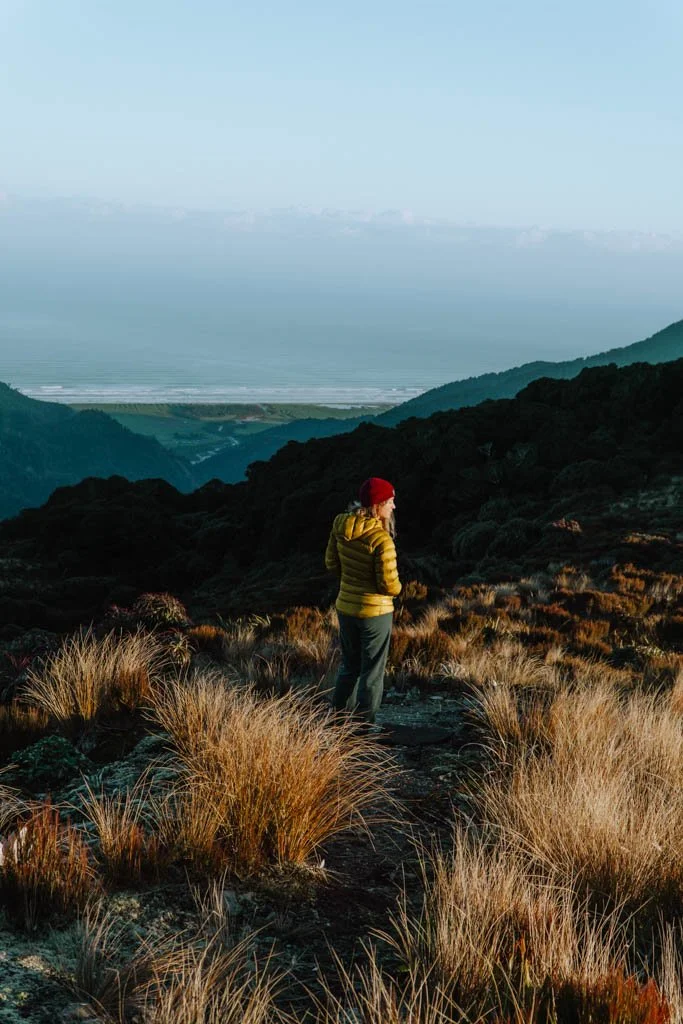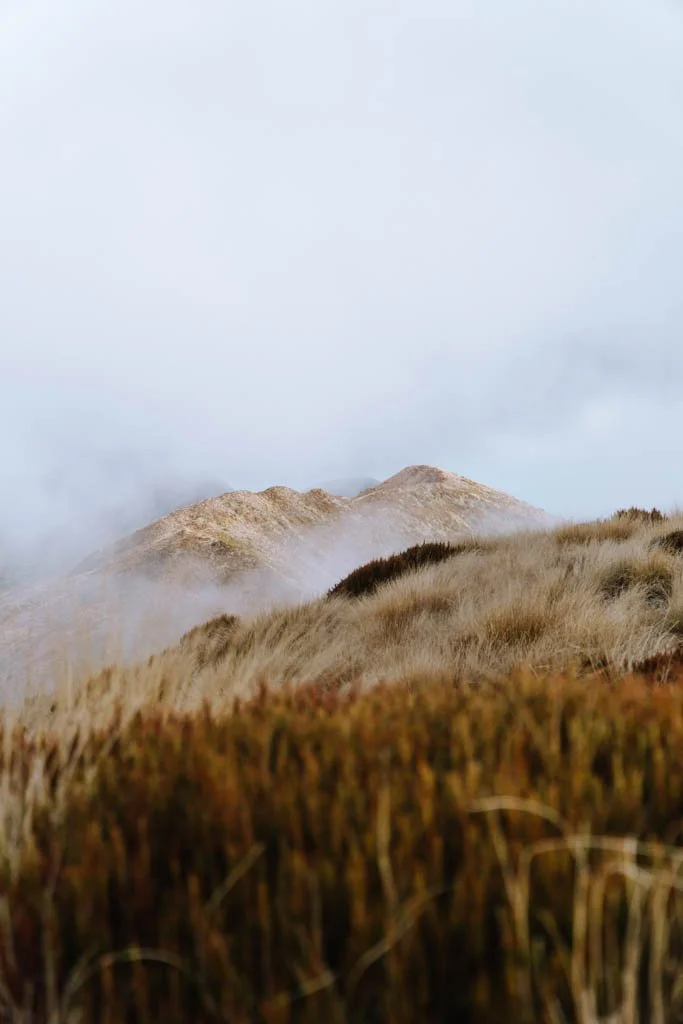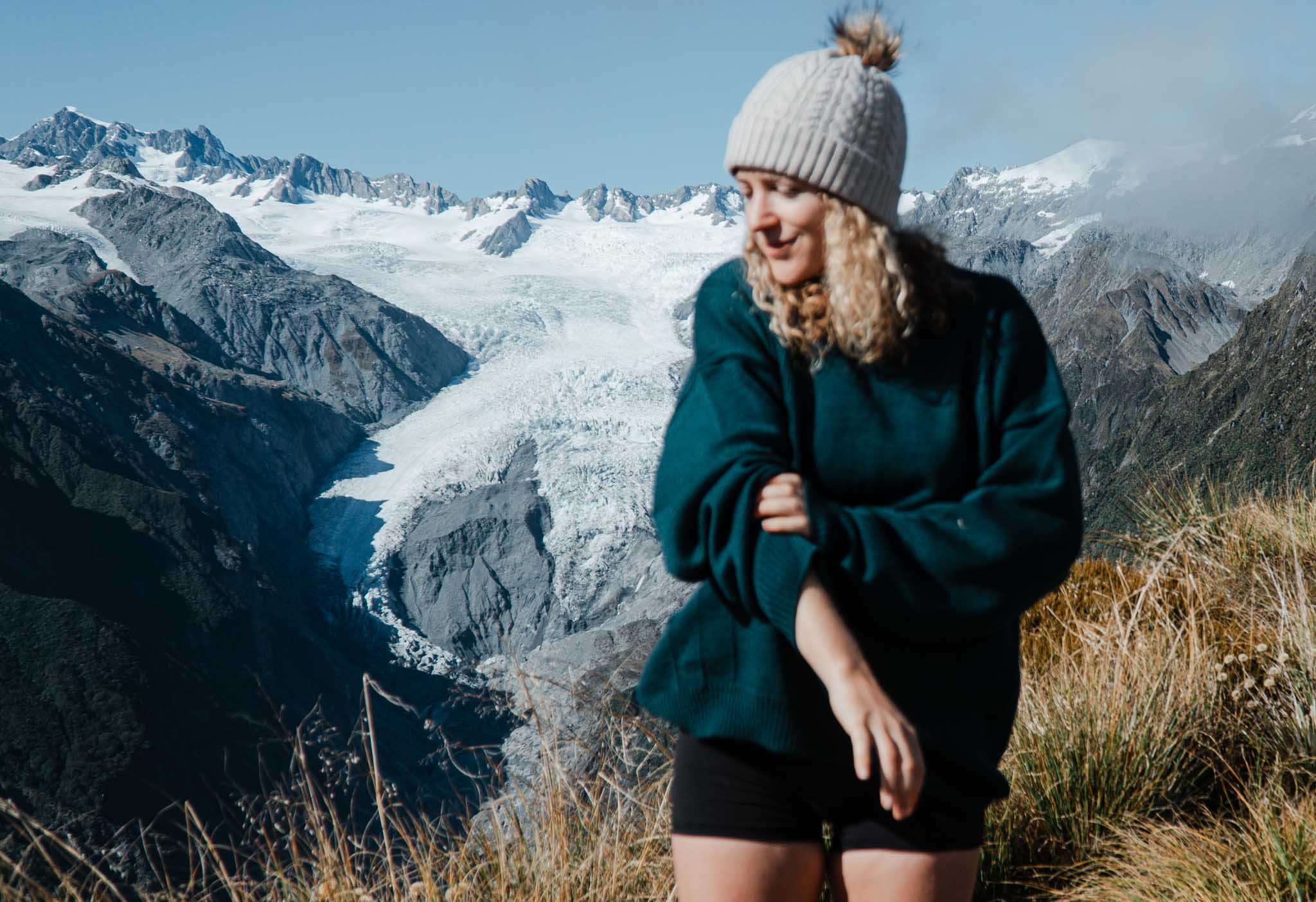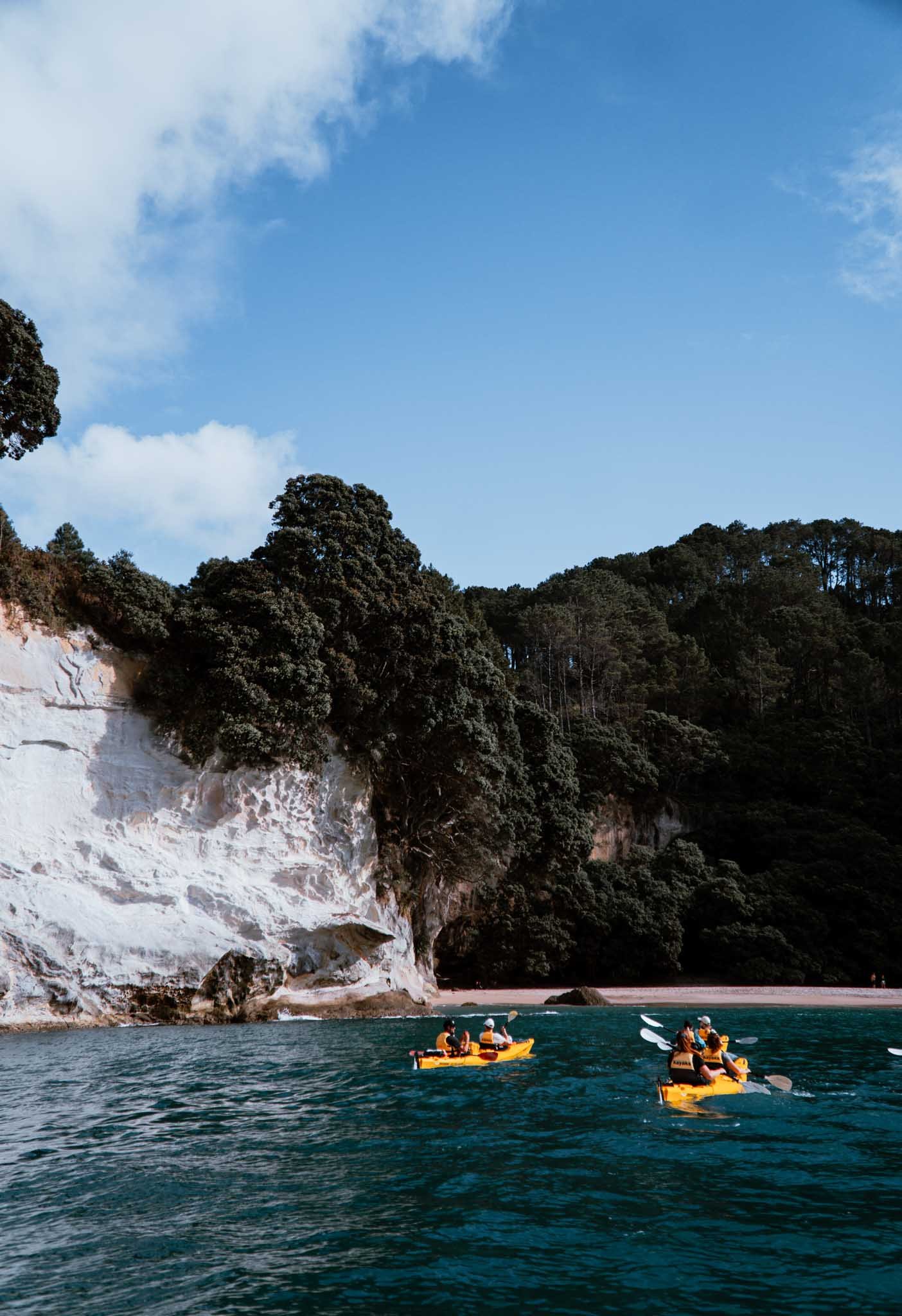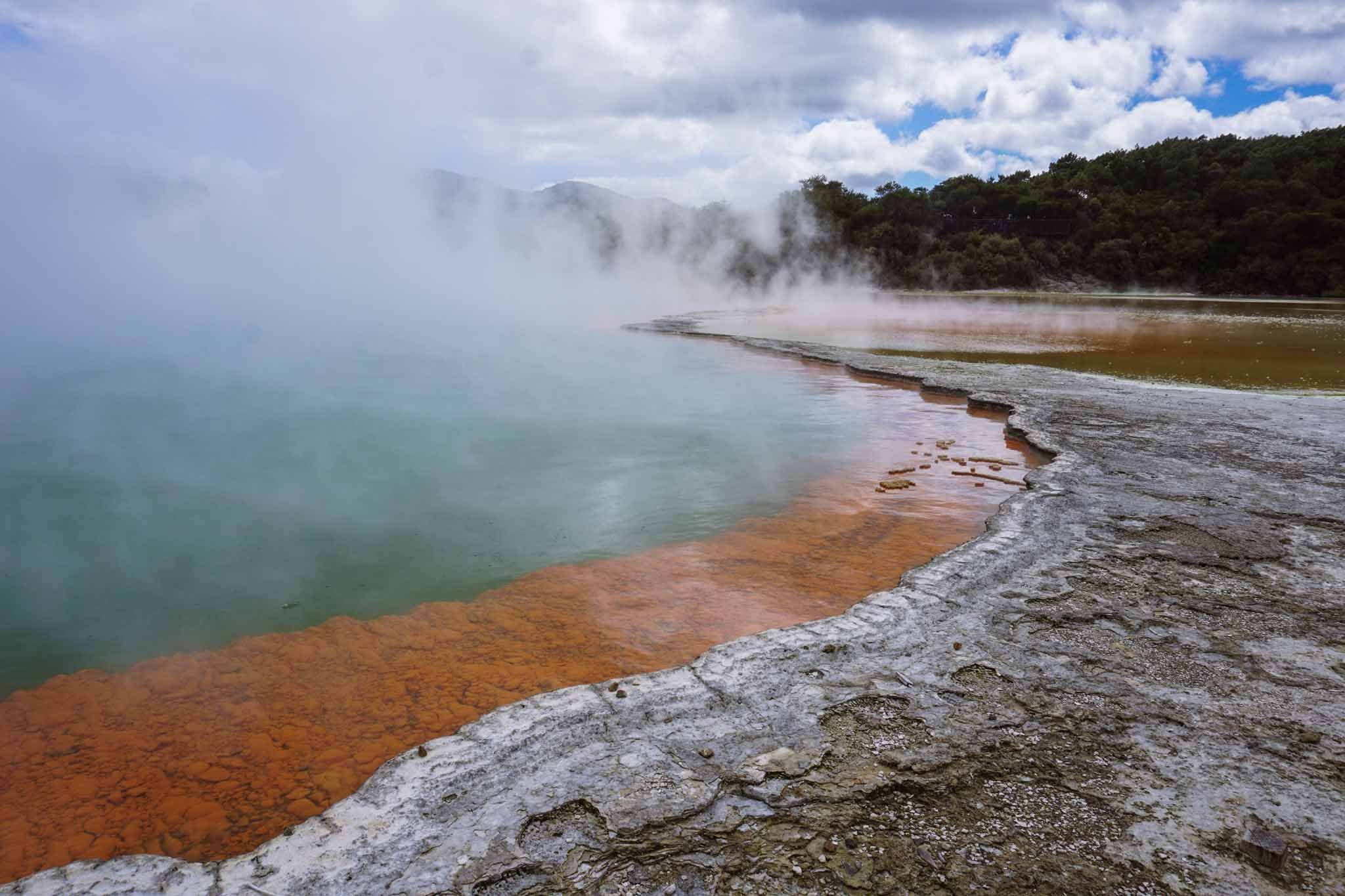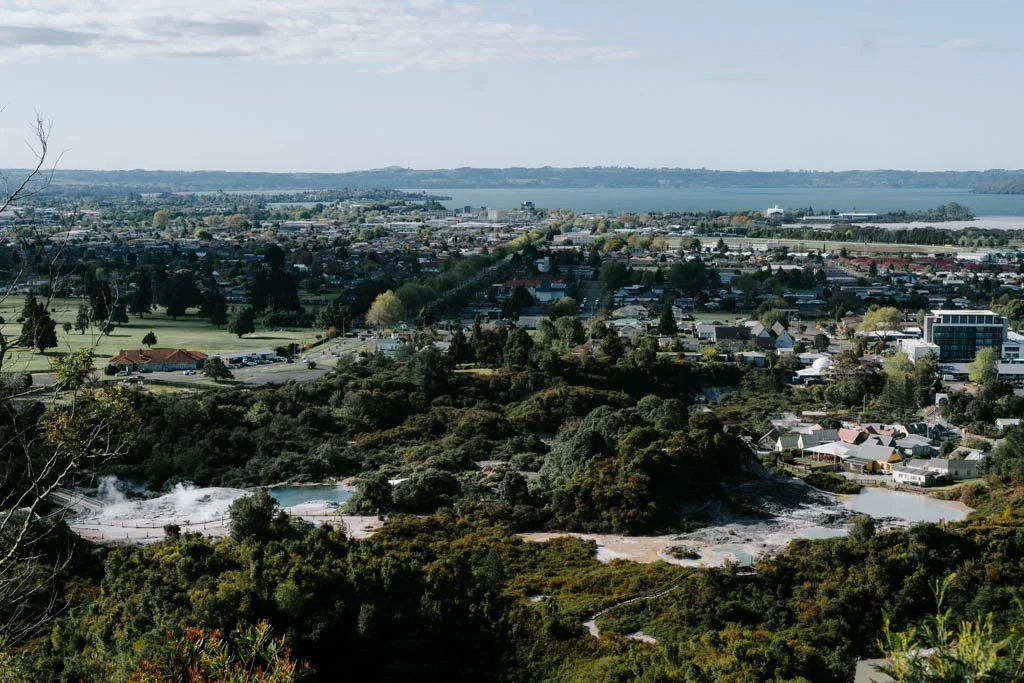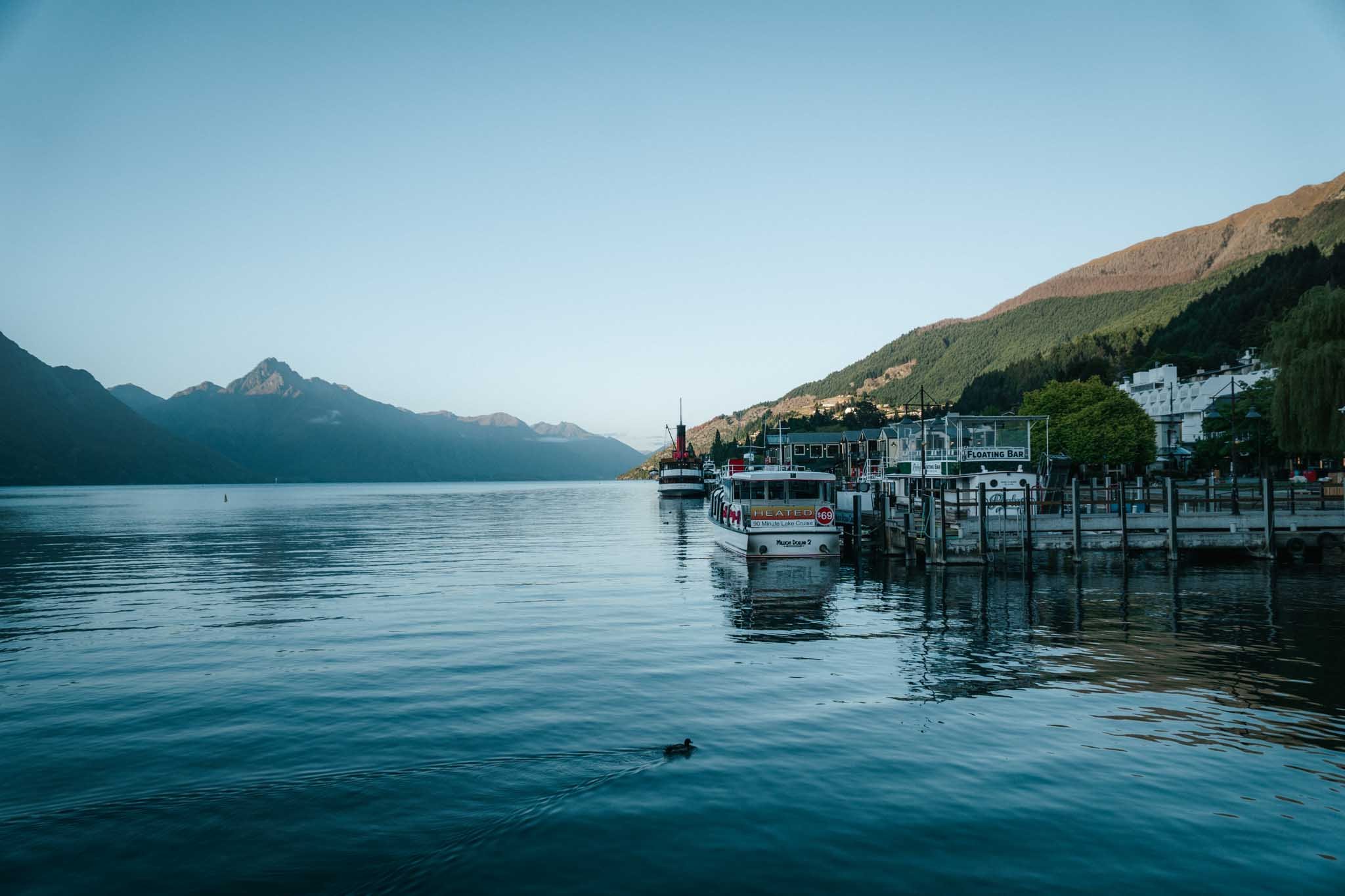New Zealand’s North Island vs the South Island: Which should you visit?
Each island is unique in its own way. Here’s how to choose between them.AT THE VERY NORTH OF THE NORTH ISLAND — SPIRITS BAY IS REMOTE AND BEAUTIFUL
Disclosure: This page contains affiliate links, which means I may make a small commission if you buy something after clicking on those links. Thanks for your support.
Picking an island is like asking me to choose between cheese and chocolate. I love both.
I was born near the beaches of the Coromandel Peninsula in the North Island. That will always feel like home.
The Coromandel Peninsula is home to many beautiful beaches
But it’s hard to top the glaciers, alpine ridgelines, and epic wildernesses of the South Island. Most of my best hiking and camping adventures have all been in the south.
Hiking in the big mountains of the South Island
If you pulled me aside after a few drinks at a party and demanded that I pick one, I would say it. The South Island is better.
It’s more dramatic, has more diversity in landscapes, and has beauty everywhere you look.
But.
There are so many sandflies in the South Island, and it’s so much colder.
And the North Island has so many beautiful things the South doesn’t, like volcanic cones and geothermal wonderlands, and white sand beaches that look like you’re in the Caribbean (or at the very least, the Cook Islands).
The glorious volcanic landscapes of Tongariro National Park, in the North Island — you won’t find emerald lakes in the South Island
If you’re planning a trip to New Zealand, you’re probably wondering how best to divide your time — if you only have time to visit one island, which one should you choose?
I’ll tell you right now, it’s hard to pick. But you might be able to narrow down the options based on your interests.
Maori carvings and geothermal activity — Rotorua, in the North Island
Glacial water and high mountains — a funyak trip in the South Island
Broadly speaking, if you’re drawn to culture, history, and coastal lifestyle, you should visit the North Island. If you prefer outdoor adventures and sweeping landscapes, you’ll love the South Island’s mountains, glaciers, and fjords.
And I also want to remind you that no matter where you go, north, south, east, or west, to the far reaches or the tourist centres — you’ll find beauty here.
The peak of Ben Lomond, near Queenstown
So, here are my best recommendations for choosing between the North Island and the South Island. But I’m giving them to you with the suggestion that you don’t stress over making sure you pick the absolute best of everything.
See what you’re drawn towards — go there.
The unique attractions that make the North Island/Te Ika-a-Māui special
Sunrise at Pauanui Beach in the Coromandel Peninsula
It’s roughly the same distance to drive from Cape Reinga to Wellington — the very top to the very bottom of the North Island — as it is Picton to Bluff, the top to bottom of the South Island.
The North Island is just as big as the South, and just as diverse. If anything, there are even more far flung corners to explore.
These are the things that make me love the North Island.
The North Island’s beach culture is unparalleled
For me, what makes the North Island stand out is the array of incredible beaches.
The North Island has more of this — idyllic beaches and a kick back lifestyle (this is in the Coromandel)
In some places, like Rarawa Beach in Northland, the white sand is so fine it squeaks under your feet.
In other places, like along the West Coast of Auckland, the beaches are black with volcanic sand.
I come from the Coromandel Peninsula, which is home to beaches which are world famous for their beauty. Cathedral Cove is a highlight, but there are other incredible beaches around for anyone willing to look.
Sunrise at Pauanui, near where I grew up
Whereas the South Island’s beaches are often too wild to swim at, or feature too many sandflies to be relaxing, or have weka hiding in the bushes poised to steal your sandwich the moment your back is turned — the North Island is all about a laid-back, chill beach culture.
Summer in the North Island is almost always defined by long camping trips by the beach. If you’re looking for a slower paced holiday, featuring a lot of swimming, spending time bare foot, and eating ice cream in the sun, the North Island is the place to be.
Raglan, in the North Island
I love small, beachy towns in the North, like Raglan, Tairua, and New Plymouth.
Some of my favourite road trips around around these regions, camping in the Coromandel or exploring Taranaki’s Surf Highway.
FEATURED STAY
Ahu Ahu Beach Villas
My favourite beachy stay in the North Island is in Taranaki, located on the Surf Highway.
The North Island simmers with volcanic activity
You can see geysers spray steam from the earth in Rotorua, witness mud pools bubbling away, and soak in naturally hot rivers near Taupo.
As well as hot pools, the geothermal activity creates colourful pools, like at Wai O Tapu near Rotorua and the emerald lakes you see on the Tongariro Crossing.
Around Rotorua, mud boils up from the ground
This kind of geothermal activity is one of the most unique aspects of New Zealand, so it’s a huge drawcard for the North Island.
Most of the most active geothermal areas are concentrated around Rotorua and Taupo — Lake Taupo is the caldera of a former volcano — but the volcanic legacy of the North Island is everywhere.
Te Manaroa Spring, the largest single source of boiling water in New Zealand — it feeds the thermal pools at Waikite Valley
Around Auckland — New Zealand’s largest city — you can also see prominent volcanic cones, like Rangitoto Island on the horizon.
In the Coromandel you can dig a little spa in the sand of Hot Water Beach, with naturally thermal water bubbling up from beneath the beach.
And volcanoes dominate the skylines of the central North Island, in the spectacular Tongariro National Park.
ACTIVITY HIGHLIGHT
Waimangu Volcanic Valley
Walk past steaming lakes and bright blue pools.
And the volcanic cones make for excellent hiking
The South Island is generally agreed to be the more beautiful island, thanks to the sweeping grandeur of the Southern Alps, but the volcanic landscapes of the North Island are also fantastic playgrounds for hikers.
I have recently fallen in love with Tongariro National Park, which is most famous for the Tongariro Crossing hike. This is a full day hike that turns into an alpine expedition in winter, with snowy landscapes to rival the best of the Southern Alps.
The Tongariro Crossing is by no means the limit to the national park though; Tongariro is also home to many other outstanding walks.
Tama Lakes is a good one if you’re short on time but want to see the unique flora of the park, as well as the looming volcanic cones.
Maori culture is more accessible in the North Island
A dancer at Te Pa Tu Maori village in Rotorua
You’ll notice Māori cultural influences more in the North Island, where there are more Māori place names. Te reo Māori — the Māori language — is also more widely spoken on the North Island than on the South Island.
Some of the most important Māori cultural sites are in the North Island.
The volcanic activity and warmer climate means the North Island was more attractive to Maori people when they first arrived. Hot water that bubbled up out of the ground, and a lush environment that never got too cold, were more appealing than the harsh winters of the South Island.
That legacy of those early Maori settlers is that today, Māori culture is more visible and more accessible in the North Island.
The Far North of the North Island has both massive sand dunes and huge cultural significance — Cape Reinga, the northernmost tip of the island, is the “jumping off point” for Maori spirits returning to their homeland.
The Waitangi Treaty Grounds in Northland are a key part of New Zealand’s history.
Cape Reinga at the very north of the North Island is the place where Maori spirits are said to depart for their traditional homeland. And in Rotorua, you can experience Maori villages, cultural performances, and traditional feasts.
In contrast, many place names in the South Island are still British.
That being said, the South Island has its own unique Māori culture.
Pounamu, the traditional Māori greenstone which makes an excellent souvenir, is sourced only in the South Island. This makes the South Island home to incredible pounamu carvers and artists.
ACTIVITY HIGHLIGHT
Te Pa Tu
A visit to a Maori village, followed by a hangi meal and performances — this is an excellent way to get a taster of Maori culture.
The Waitomo glow worm caves
Waitomo is famous for being one of the best places in New Zealand to see glow worms.
And that’s true — the vast cave systems in the area mean you have many options for seeing glow worms, and you can see them any time of day. (It’s possible to see glow worms in many places around the country, but most locations, you’ll need to wait until after dark).
But, it’s not the glow worms alone that make Waitomo unique.
ACTIVITY HIGHLIGHT
Black Abyss Ultimate Caving Experience
This is the Waitomo caving tour I did with a group of friends (pictured) and we all loved it.
It’s the fact you can see the glow worms while wedged into an inner ring, floating along an underground river in pitch darkness; before clambering up an underground waterfall (also in almost perfect darkness), and then slithering through spaces just shy of feeling claustraphobic.
Black water rafting in Waitomo is a full on adventure.
The Waitomo cave system is perhaps the most adventurous way to see glow worms, and for that reason is one of the biggest attractions in the North Island.
Although, if you don’t feel like crawling through caves, you can still see glow worms.
I recommend skipping the main Waitomo cave tour — it’s busy, and overwhelmingly commercial, so you will feel like you are being shunted along a conveyor belt — and go for one of the smaller operators nearby instead.
The kauri forests and pohutakawa trees
The North Island has lush forests with kauri trees and coastal pōhutukawa trees, which are iconic symbols of New Zealand.
If you get the chance to head to Northland, I highly recommend stopping by the Waipoua forest to see Tane Mahuta, the largest living kauri tree, and the impressive kauri forest at the Trounson Kauri Park.
See Tane Mahuta, the largest living kauri tree in New Zealand, in the Waipoua Forest in Northland.
The attractions that make the South Island/Te Waipounamu special
Sunset at Isthmus Peak, near Wanaka
The South Island’s mountains are beyond compare
In contrast to the North Island, the South Island is more mountainous. As a North Islander, I’m always left awestruck by the sight of the high, snow-topped mountains.
The Southern Alps dominate the landscape, and glaciers, fjords, and pristine lakes are strung throughout the South Island’s mountains.
On the Kepler Track for example, there is almost a whole day of walking along the spine of mountains in Fiordland National Park. The views from up there are unparalleled.
The South Island has far fewer people than the North Island, so it often feels more remote and wild. This also means the driving distances between towns are much greater.
the South Island has fewer large cities. Many of the towns and cities on the South Island have a more relaxed and laid-back lifestyle, with a focus on outdoor activities such as skiing, hiking, and fishing.
The South Island has a rich gold-mining history, and many of the towns and cities in the region were founded during the gold rush of the late 1800s.
The South Island has a staggering number of hiking huts
There’s a long history of deer hunting in the South Island, which is partially what led to the number of backcountry huts spread throughout the Southern Alps.
The North Island has some great huts as well, but not in the same quantity as the South.
Hut to hut hiking — which we New Zealanders call tramping — is at its very best in the South Island; I may go so far as to say this is where you’ll find the best hut hiking in the world.
I have a huge fondness for South Island huts, and often plan trips around some of the more dramatic ones
The South Island has 9 of New Zealand’s 13 national parks, and 8 of the 11 Great Walks
If you were to go by those numbers alone, the South Island is more spectacular than the North.
The sheer variety of landscapes in the South Island, from the Southern Alps, to the Marlborough Sounds and beaches of Abel Tasman, make it an incredible place for hikes.
The Paparoa track
The Paparoa ranges
In the South Island, you can see kea — the world’s only alpine parrot
The South Island has one key thing the North Island doesn’t; kea.
The world’s only alpine parrot is found the length of the Southern Alps.
I’ve run into the olive green parrots in Milford Sound, on the Kepler Track in Fiordland, and in Arthur’s Pass national park.
They are exceptionally smart. If you happen to encounter a kea, you should know they will try to steal anything you leave lying around.
And in Kaikoura, you can see sperm whales
Granted, you can go on whale watching tours from Auckland, but that trip didn’t feel anywhere near as special as whale watching in Kaikoura.
Maybe it’s the mountain ranges that loom over the water, or maybe it’s the uniquely incredible way the underwater trench just offshore means all of a sudden you’re in a boat crossing water more than a kilometre deep.
Or it’s the presence of the sperm whales, the largest toothed predator on the planet.
The South Island is home to glaciers
Franz Josef and Fox Glacier are the most famous glaciers in the South Island, but they are by no means the only ones.
Thank you for reading
You being here is what makes my life as a travel writer possible, so thank you. I hope this has been helpful and you have come away with a better idea of whether to visit the North Island or the South.
All of the photos and words (and spelling mistakes and other errors) on this page are mine, created without help from either AI or other humans.
My goal is to try and make sure your travels around New Zealand are the best they can be, in exchange for your support. Reading my posts, clicking my links, sharing with your friends; all of this helps me keep doing what I’m doing.
So, thank you again, and while you’re here, maybe take a look at a few other articles:
AUTHOR BIO
I’m a freelance travel writer from New Zealand with bylines in National Geographic Travel, Conde Nast Traveler, Travel + Leisure and more.
I’ve travelled up and down beautiful Aotearoa and I love sharing my recommendations for the best places to visit in New Zealand.
READ MORE
